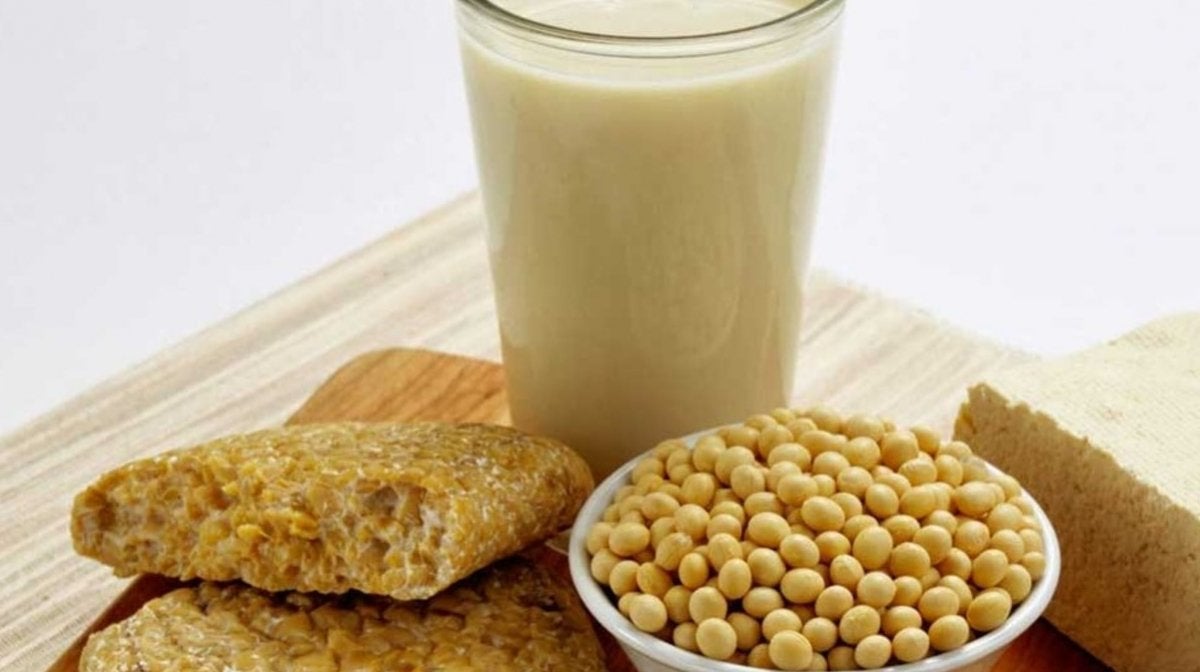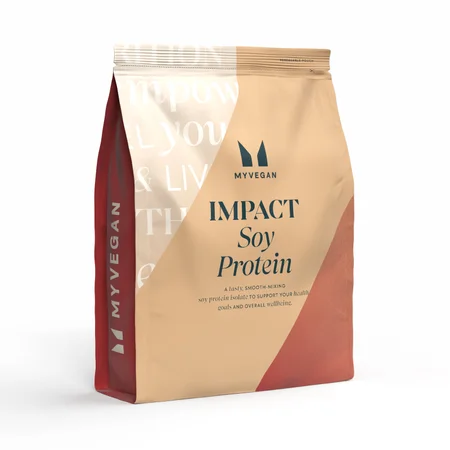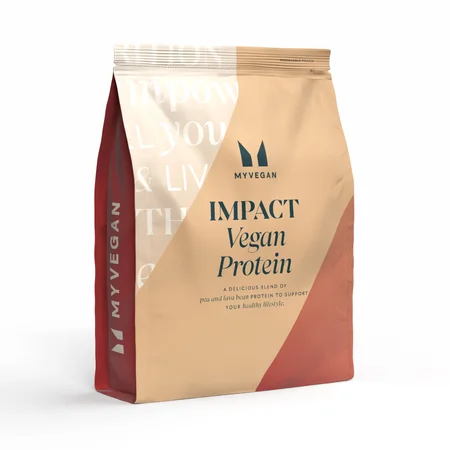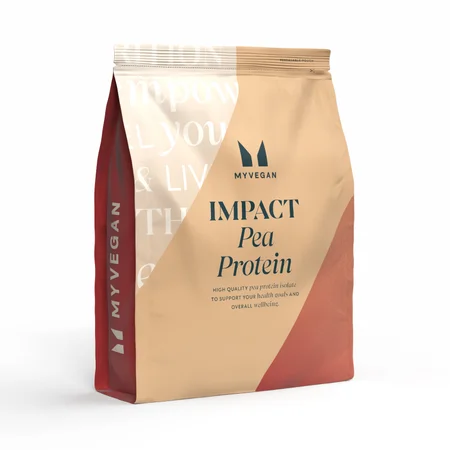- Hoffman, J. R., & Falvo, M. J. (2004). Protein – Which is Best? Journal of Sports Science & Medicine, 3(3), 118–130.
- Jargin, S. V. (2014). Soy and phytoestrogens: possible side effects. GMS German Medical Science, 12. https://doi.org/10.3205/000203
- Lusas, E. W., & Riaz, M. N. (1995). Soy protein products: processing and use. The Journal of Nutrition, 125(3 Suppl), 573S-580S. https://doi.org/10.1093/jn/125.3_Suppl.573S
- Messina, M. (2016). Soy and Health Update: Evaluation of the Clinical and Epidemiologic Literature. Nutrients, 8(12). https://doi.org/10.3390/nu8120754
- Montgomery, K. (2003). Soy Protein. Retrieved March 26, 2019, from https://www.ncbi.nlm.nih.gov/pmc/articles/PMC1595159/
- Olsen, N. (2017). Is soy good or bad for you? Facts and nutrition. Retrieved March 26, 2019, from Medical News Today website: https://www.medicalnewstoday.com/articles/320472.php
- Sukalingam, K., Ganesan, K., Das, S., & Thent, Z. C. (2015). An insight into the harmful effects of soy protein: A review. La Clinica Terapeutica, 166(3), 131–139. https://doi.org/10.7417/CT.2015.1843
- Tokede, O. A., Onabanjo, T. A., Yansane, A., Gaziano, J. M., & Djoussé, L. (2015). Soya products and serum lipids: a meta-analysis of randomised controlled trials. British Journal of Nutrition, 114(6), 831–843. https://doi.org/10.1017/S0007114515002603
- Anderson, J. W., Baird, P., Davis, R. H., Ferreri, S., Knudtson, M., Koraym, A., … Williams, C. L. (2009). Health benefits of dietary fiber. Nutrition Reviews, 67(4), 188–205. https://doi.org/10.1111/j.1753-4887.2009.00189.x#
- Dangin M, et al. Influence of the protein digestion rate on protein turnover in young and elderly subjects . J Nutr. (2002). https://www.ncbi.nlm.nih.gov/pubmed/12368423

什麼是大豆蛋白?
1. 大豆分離蛋白
蛋白質補充品(奶昔、營養棒等) - 乳製品
- 一些肉類替代產品
- 調味品
- 麵包
2. 大豆濃縮蛋白
- 穀物
- 烘焙食品
- 嬰兒配方奶粉
- 一些肉類替代產品
- 啤酒
3. 紋理大豆蛋白(TSP)或紋理植物蛋白(TVP)
紋理大豆蛋白可用於製作許多受歡迎的傳統肉類食物,如湯,咖哩,燉菜等。
大豆營養資訊
大豆蛋白健康益處 ?
大豆蛋白的副作用是什麼?
大豆蛋白或乳清蛋白?
結論
FAQ
什麼是大豆蛋白?
大豆蛋白是一種植物性蛋白質,來自大豆(一種豆類)。
大豆蛋白健康益處 ?
大豆蛋白的好處是它沒有膽固醇,僅有和少量的飽和脂肪,同時也是一種高品質的蛋白質。大豆纖維含量高,有助於降低膽固醇,改善腸道細菌和腸道功能。健康的腸道表示在健身房內外都有好的表現。
大豆蛋白的副作用是什麼?
多年來,大豆已經受到了很多負面報導。大多與降低男性睾酮和增加植物雌激素有關。 但僅在一些大豆蛋白攝取量極高且飲食本身不平衡的特殊病例中才會出現這種情況。
選擇大豆蛋白還是乳清蛋白?
乳清蛋白比大豆蛋白更快被吸收。但是大豆蛋白是一種含有所有必需氨基酸的完整蛋白質,並且由於大豆蛋白吸收率稍慢,飽腹時間更長。大豆蛋白不含膽固醇,非常適合擔心膽固醇水平的人。同時,大豆蛋白不含乳製品,適合純素者食用。
我們的文章僅用於提供產品資訊和教育目的,不應作為醫學建議。 如果您擔心,請在服用膳食補充劑或對您的飲食進行任何重大改變之前諮詢健康專業人士。

Grant Koch 運動營養師和認證體能教練
Grant 是一名運動營養師和經過認證的體能教練。他擁有多個營養和體能訓練深造文憑,以及專注於蛋白質研究的運動和運動營養碩士學位。
Grant 十多年來一直在健身行業工作,並幫助指導專業運動員和隊伍,以及希望獲得最佳體態的一般健身運動員。他現在花費大部分的時間教授專業健身人員和遠程訓練課程。
20 多年來,他一直堅信自己的理念並投入肌力訓練和武術。在閒暇時間,Grant 喜歡與他的妻子、女兒以及愛犬一起享受最新的 Netflix 影集。






